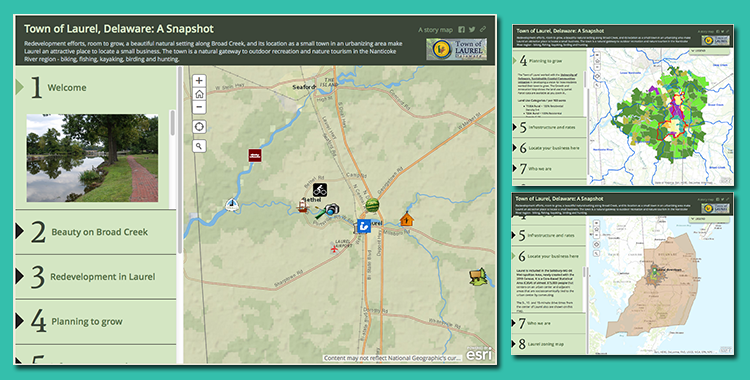
by Sarah Marshall Pragg | Nov 9, 2015 | News, Toolbox
This GIS Story Map was developed for the Town of Laurel to highlight its outstanding redevelopment potential, location for small businesses, and quality of life. The GIS Story Map offers a variety of demographic and marketing data, points of interest, marketing...

by Sarah Marshall Pragg | Nov 6, 2014 | News, Toolbox
Received 10 Applications On November 1, 2014, 10 local governments submitted applications to be considered for designation as a Downtown Development District. Applications were received from Clayton, Dover, Middletown, Milford, Milton, New Castle County, Newark,...
by Sarah Marshall Pragg | Mar 19, 2013 | News
A new study from the Center for Neighborhood Technology affirms that homes located near public transportation maintain their property values better than homes without transit access. The study found that residential property values hold their value 42 percent better...
by Sarah Marshall Pragg | Feb 15, 2012 | News
The National Association of Realtors publishes On Common Ground twice yearly to focus on topics of Smart Growth, including enhancing the existing assets of a community, the long-term implications of various development patterns, and the fiscal impacts of these...




